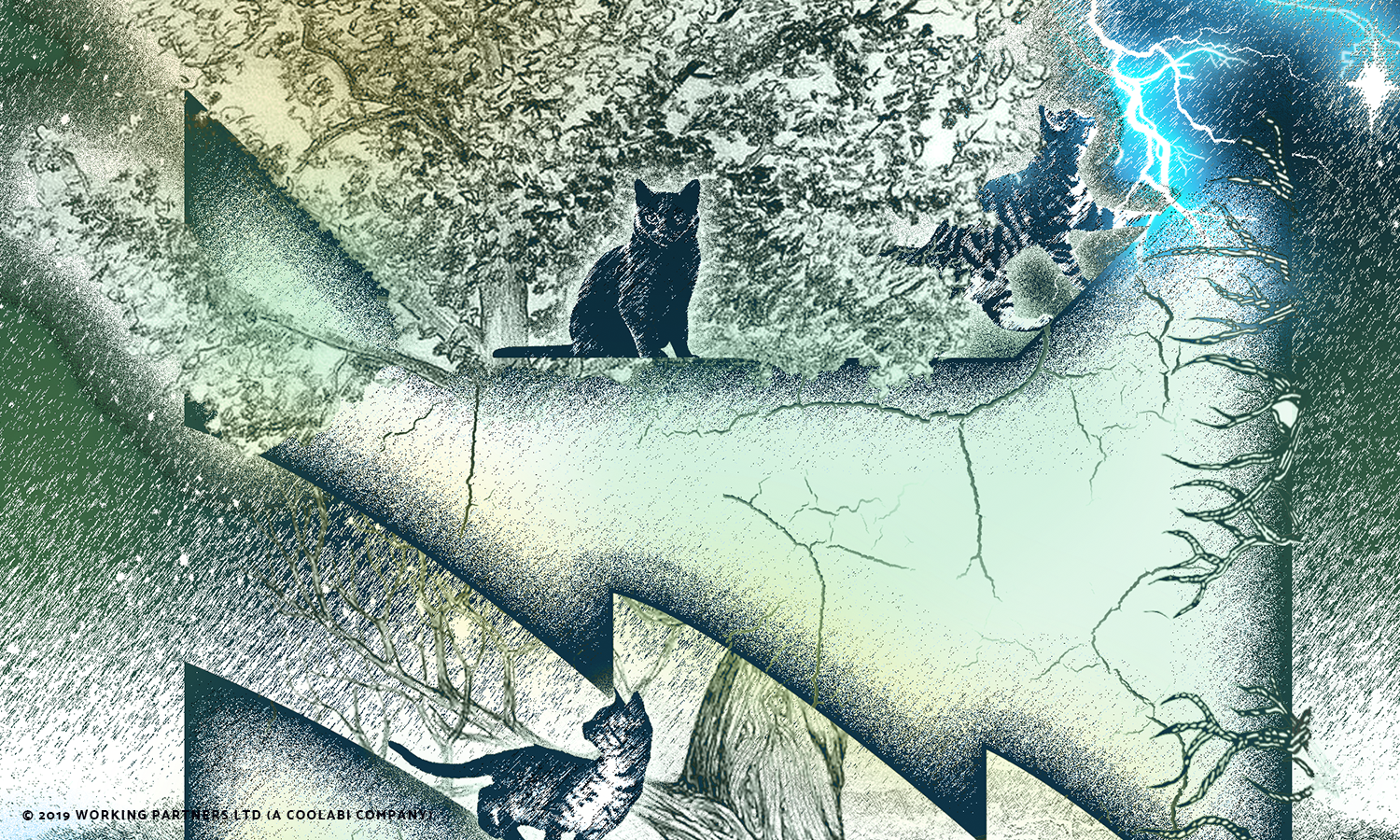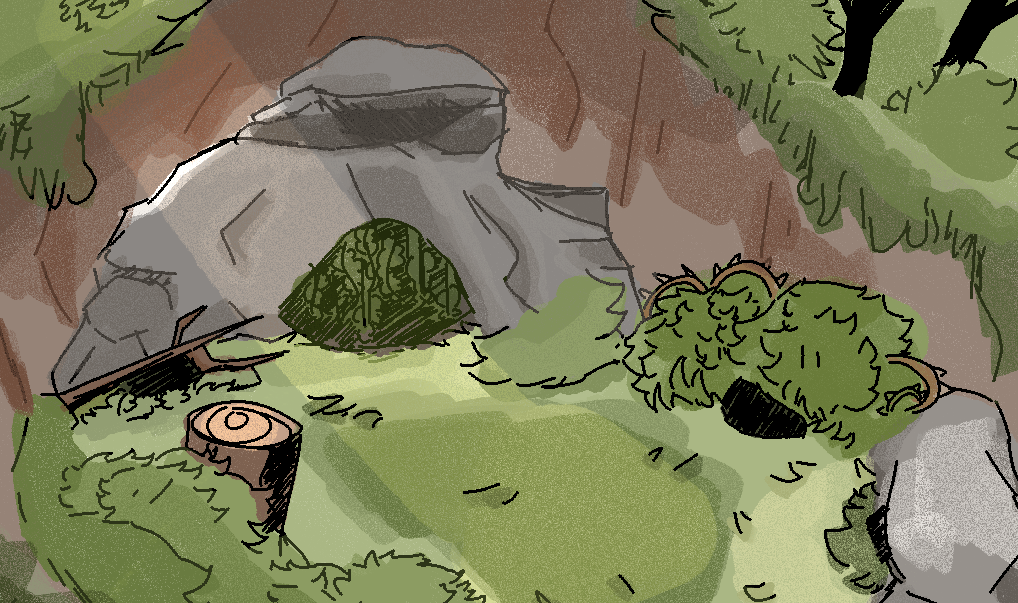
What makes a Clan: written and visual guide
A look at what Clans are and how they work
BY THE EDITOR
When Rusty first set paw in the forest, he had vague notions of encountering huge wild cats living feral in the woods, gnawing on the bones of defenseless kittypets and devouring live prey―a scourge on the name of all good cats. As he soon discovered, the Clans are far more organized, structured, and tradition-based than the lawless forest cats he imagined. Still, all of the ranks and names and rules can be a bit daunting to learn for a newcomer. So what exactly makes a Clan a Clan? Today, we’re going to explain just that!
In its most basic form, a Clan is a group of cats who live and hunt together and are bound by a common set of laws and traditions. The set of rules that the Clans are bound to are known as the warrior code―you can read exactly what the code states here. Each Clan has its own section of territory in the forest that it claims as its own. Each territory has strict borders that are marked daily, and any intruders are treated with suspicion or outright hostility. Only the Clan that owns that territory is allowed to hunt there. Within each Clan’s territory, there is a central camp where the entire Clan lives and sleeps. Dens are divided by rank and are shared by other cats of the same rank. Kits are not permitted to leave camp and enter the larger territory until they begin their training, for their own safety. Predators like foxes and badgers are driven out if they try to settle within Clan territory.
Each camp has a fresh-kill pile where any prey warriors catch is deposited, and any cat can take from the pile for their daily meals. Warriors and apprentices are not permitted to eat until the Clan’s more vulnerable members, the kits and elders, have eaten. The young of the Clan are watched over by all, and the elders are revered for their moons of service. A Clan has a strict hierarchy whose ranks include leader, deputy, medicine cat, warrior, apprentice, kit, queen, and elder. A cat’s rank will determine their name.
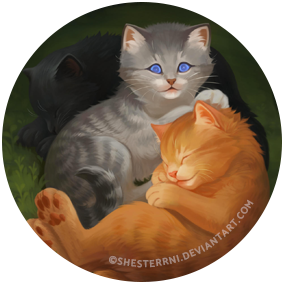
Every Clan cat begins life as a kit. A kit is any cat younger than six moons of age who has not yet begun their training. Kits are cared for in the nursery, usually by the queens (the term for any she-cats nursing or raising kits). Kits are allowed to play and do whatever they wish with their day, as long as they remain within the safety of the camp. Kits are the Clan’s most vulnerable members, and the warrior code demands that they be protected fiercely, even by warriors from opposing Clans. Kits’ names always have a prefix, which their parents choose based on their appearance, personality, or anything else notable about them, and then have -kit added on as their suffix. ‘Kit’ will remain a part of their name until they begin their training.
When a kit reaches six moons of age, they are assigned a warrior, or a medicine cat, as their mentor. The kits are then promoted to the rank of apprentice, and mentors train the apprentices in the ways of the Clan. The -kit suffix in their name is changed to -paw, to signify that their paws have started down the path toward their destiny of becoming a warrior. A warrior apprentice will be taught hunting, fighting, and how to honor the warrior code, while a medicine cat apprentice will learn how to use herbs to heal and how to commune with their ancestors. Apprentices are expected to obey their mentors, to keep up with their training, and to look after the Clan’s elders by bringing them prey and cleaning out their bedding.
Once an apprentice has completed their training, usually by the time they’ve reached a year of age, they are given a final assessment that they must pass in order to be promoted to a warrior. In some cases, where an apprentice has done a great deed that proves their competence, they may be made a warrior without passing an assessment. Upon becoming a warrior, the -paw suffix is removed, and is replaced by whatever suffix their leader deems suitable for them, based on their personality, appearance, or anything else notable about them. Warriors are the heart of the Clan. They hunt to feed their Clanmates, they patrol the Clan’s borders to ensure their Clanmates’ safety, and they fight in battle to defend their Clanmates. Warriors must hunt for their Clanmates, rather than to fill their own bellies, and are not permitted to eat until the elders and queens have been fed first. Warriors are also eligible to become mentors by being given an apprentice to train―being chosen to mentor an apprentice is a great honor and is required before a cat is eligible to become deputy.
Warriors make up the majority of a Clan’s population, and the warrior rank is the highest most cats will ever reach in the Clan hierarchy. Cats can serve as warriors from the day they earn their warrior name to the day they die, unless they’re one of the lucky ones who live long enough to retire. Upon being given their warrior name, they must swear an oath of loyalty to their Clan, and promise to defend it even at the cost of their life. This promise of loyalty is expected to be upheld throughout a warrior’s life―any less is seen as cowardice at best, or treachery at worst.
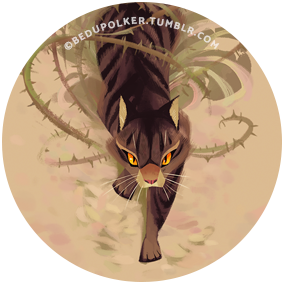
While the majority of apprentices choose to train as warriors, some cats find that their calling is to heal rather than to harm. Every Clan has at least one medicine cat in its ranks. Medicine cats are revered by their Clanmates for the important role they play in their Clan. Their job is to use herbs to heal the sick and injured among their Clanmates, which makes them invaluable in a society that sees so much war and danger.
In addition, a medicine cat is their Clan’s connection to StarClan, the spirits of dead warriors who watch over their living Clanmates and offer guidance through omens and prophecies. It is a medicine cat’s job to read and interpret these signs and to use the wisdom passed down from their starry ancestors to protect their Clan. Unlike warriors, medicine cats are not bound by the same strict divisions between Clans. They are allowed to travel across territories as needed unchallenged, and often share advice and herbs with their fellow healers from the other Clans. Every half moon, the medicine cats of all the Clans come together to a special place where they can communicate with their ancestors.
A Clan’s deputy is the second-in-command to its leader. Their job is to oversee the training of apprentices, assign patrols, and generally help the leader with the day-to-day running of the Clan. Warriors are expected to respect their deputies and follow their orders, unless those orders are contradicted by their leader. When a leader dies or retires, or otherwise finds themselves ousted from the position of leader, the deputy is the one to become the Clan’s next leader. A deputy is chosen by the leader from among the Clan’s warriors.
While deputies are respected and have authority over their Clanmates, the true power over the Clan falls into the paws of its leader. A Clan leader makes all of the major decisions for the Clan―where to hunt, when to fight, when to retreat, when to put up a front of strength to their neighbors, or when to beg for help. The leader has immense power over their Clanmates. They assign mentors to apprentices, have final say over when an apprentice will become a warrior and what their name will be, and get to choose their second-in-command and successor. According to the warrior code, their orders are to be obeyed by every cat under their command. Only medicine cats, with their greater autonomy due to their not being bound to the same rules as warriors, are allowed to disobey their leader if it interferes with their duty as a healer.

When a deputy becomes leader, they are granted nine lives by their ancestors, and their warrior suffix is replaced with -star, to signify their new relationship with StarClan. But all of the power they have comes with a cost. Since they have nine lives to spare, leaders are expected to be the first into battle and the last to take prey from the fresh-kill pile. They have to make the hard decisions that determine the fate of their Clan, and the responsibility of their Clan’s protection rests on their shoulders.
If a cat lives long enough to lose their warrior strength or their judgment as a leader or healer, they may retire and become an elder. Elders are honored for their wisdom gained over many moons of service to the Clan, and are well looked-after in their waning moons. Prey, clean bedding, and tick-cleaning services are provided by the Clan’s apprentices, ensuring that the elders want for nothing and needn’t do any more work for the Clan in order to be fed and kept safe. Cats will often turn to the elders for advice because of their age and experience―kits and apprentices especially love to hear the tales elders have to tell of moons long past.
When a Clan cat dies, their spirit rises to join the rest of their ancestors in StarClan. The Clans revere and love their ancestors, honoring them for the roles they played in life, the wisdom they offer the Clans, and the moons of love and companionship shared among them in life. Obeying the will of StarClan is very important to the Clans. They take care not to anger their ancestors and always do what they can to honor them. They thank StarClan for the prey that they catch, the wisdom passed on through their medicine cats, and for watching over and protecting the Clanmates they’ve left behind.
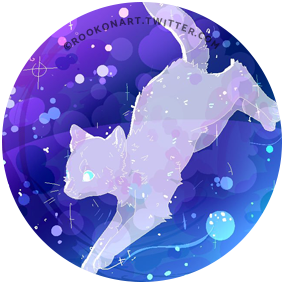
We hope this look at the structure and practices of the Clans has been helpful! If you’re feeling ready to start on your Warriors journey, you can order the first book, Into the Wild, here. And if you prefer a more visual guide to the way the Clans work? Never fear! The flowchart below will guide you through the ranks of the Clans!


